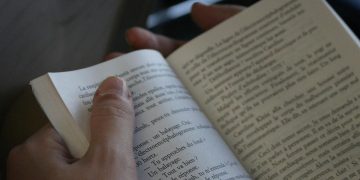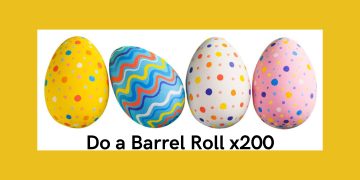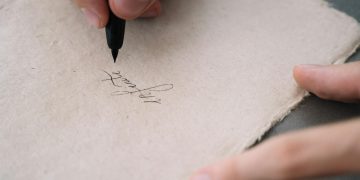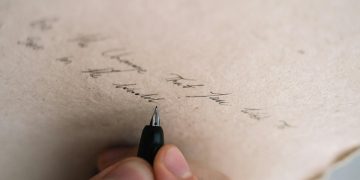A sweater is a shirt with long sleeves made of crocheted or knitted material. Sweaters can be created from various fabrics, including cotton and synthetic, but they were historically made out of wool. They come in various styles, sleeve lengths, necklines, fits and openings. They are commonly worn as a layering piece over a button-up shirt, T-shirt, or other clothing in cooler weather (also referred to as “sweater weather”). However, some people may prefer to wear them alone. Their knitting style, neckline, fit, and material can all be different. The following are the most prevalent types of Sweaters:
Cable knit sweater:
Cable knitting is a technique in which the sequence of stitches is changed step by step to create a braided or interlocking pattern. A cable-knit sweater includes elaborate cable patterns that make it thicker, adding warmth and structure to the garment.
Cardigan:
A cardigan is a sweater with front openings and buttons that can be used to close the garment. You tuck your hands into the sleeves of a cardigan rather than pulling it over your head. Cardigans are frequently made of delicate knit, creating a light, airy feel.
Cashmere:
Cashmere wool is a luxuriously soft substance manufactured from the hair of certain goat breeds. A cashmere sweater is knit very delicately, resulting in thin, light clothing that is incredibly soft to feel. It is softer than synthetic, cotton, or wool variants. They come in a range of sizes and necklines, although they are usually more fitted. A cashmere sweater is often more expensive than other varieties due to its exceptional quality.
Cotton sweater:
Knit cotton fabric is used to make a cotton sweater. Cotton is airier than synthetic fibres and often softer than wool because it is a natural substance (though not as soft and fine as cashmere). A cotton sweater is usually cheaper than wool and cashmere and more expensive than a synthetic one.
Fair Isle sweater:
Fair Isle knitting is a type of in-the-round knitting that originated in the Shetland Islands and uses five different colours in varied rows to produce a striking design. Many Sweaters are now referred to be “Fair Isle”. This term refers to any complicated, colourfully patterned sweater, particularly one with a bib-like design section on the chest and shoulders and a single colour on the sleeves and lower half.
Knitted sweater:
The most popular knit technique is plain knit, which uses a simple knit-and-purl method to form overlapping rows of stitches. The stitching can be very fine, producing a smooth, thin material, or they can be thick and wide, creating a bumpy, holey, bulky substance.
Wool sweater:
Wool is the most conventional material due to its warmth and breathability. Wool has different varieties from ordinary to Merino wool (a more expensive but softer variety). Standard wool can be irritating compared to synthetic fabrics, cotton or cashmere. Wool sweaters come in a wide range of necklines, knit techniques, and sizes, and they're usually priced similarly to cotton variants.
Build your selection of high-quality Sweaters once you've learned about the different varieties available. A nice sweater combines good material, the right size, appealing style, colour, and stitching. A sweater is designed to keep you warm in cold weather and protect you from strong winds. As a result, its material is crucial. Choose patterns and colours that complement your skin complexion and preferences.

























